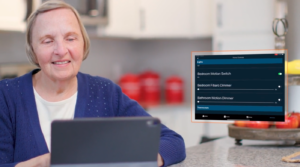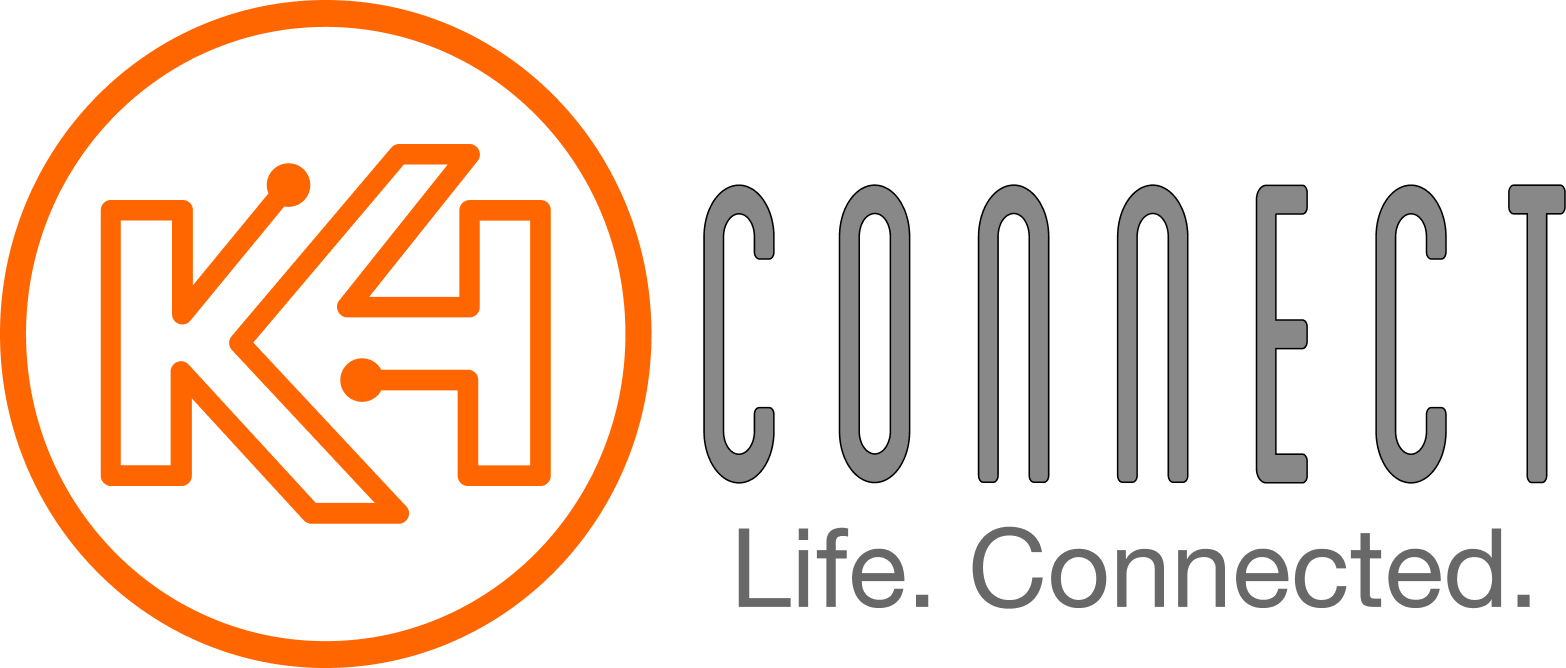Operators leverage Internet of Things platforms to improve health and well-being of seniors while maximizing workflow and revenues.
By: Eric Taub | March 1, 2023
The so-called smart home is fast becoming the standard home. Today, everyday appliances such as refrigerators and ovens in addition to lighting and HVAC can be controlled via the internet. Now, that same technology is increasingly being employed in senior living as a way to increase resident well-being and improve a community’s operating efficiencies and bottom line.
It’s called IoT, or the Internet of Things, a phrase that defines a world whereby virtually every device that has a plug — from a light bulb to a garage door to motion detectors — can be accessed via the internet and have its data shared across multiple devices.
Brushing your teeth? A Bluetooth-connected toothbrush can track your brushing habits and share that data with your dentist. When you’re getting close to your house, an Alexa-equipped vehicle can automatically open your garage door and even turn on the lights. And smart watches not only can detect a fall, but also dial emergency services or a loved one to get help and input the fall data into an online dashboard.
In the U.S., revenue for the IoT market is projected to reach $5.27 billion this year, according to Statista. With an annual growth rate of 8.75 percent, revenue should grow to $7.37 billion by 2027. The vast majority of that revenue will come from smart home technologies.

The internet of everything
“The Internet of Things is really the Internet of Everything,” notes Scott Moody, CEO of K4Connect, a provider of aggregated technology tools for senior living. “Once we integrate various devices — smartphones, wearables, tablets and sensors — into one system, information gleaned from one device is available to many others.”
For example, an integrated motion detector not only senses movement, but also can be used to turn on lights and record the motion in an operator’s resident dashboard, thereby providing documentation that the patient is up and active.
On the other hand, if no motion is detected from a resident at times when it should be expected, an alert can be sent to staff to check in on the resident to ensure that the patient is well.
People before technology
The key to making IoT work is to put the resident, not technology, first, says Kian Saneii, CEO of Independa, a provider of resident engagement technology accessed via a TV screen.
Independa integrates various sensor devices; caregivers can then set up routines. If a sensor detects motion in one room and not in the next, for example, an alert can be sent.
Using skills offered through a standard Amazon Alexa voice control device connected to a resident dashboard, residents can hear what upcoming events are on their calendars and sign up for various activities by just asking.
“There’s no question that IoT will grow in importance,” says Saneii.
“The key is it must be person-centric, giving residents what they want, not residence-centric.”
Click here to read the full article by Seniors Housing Business

